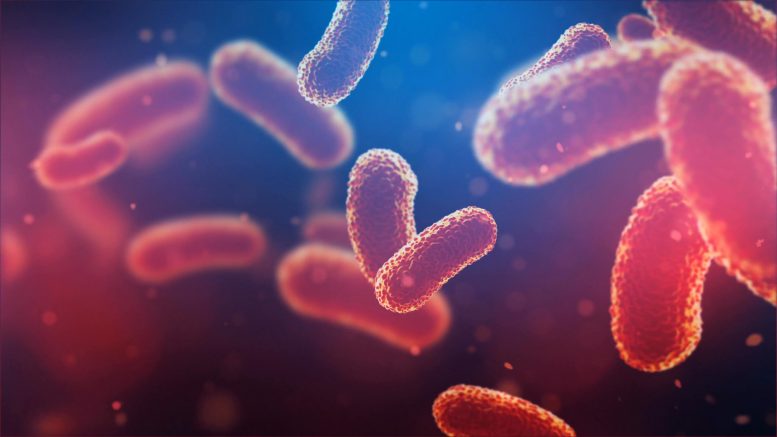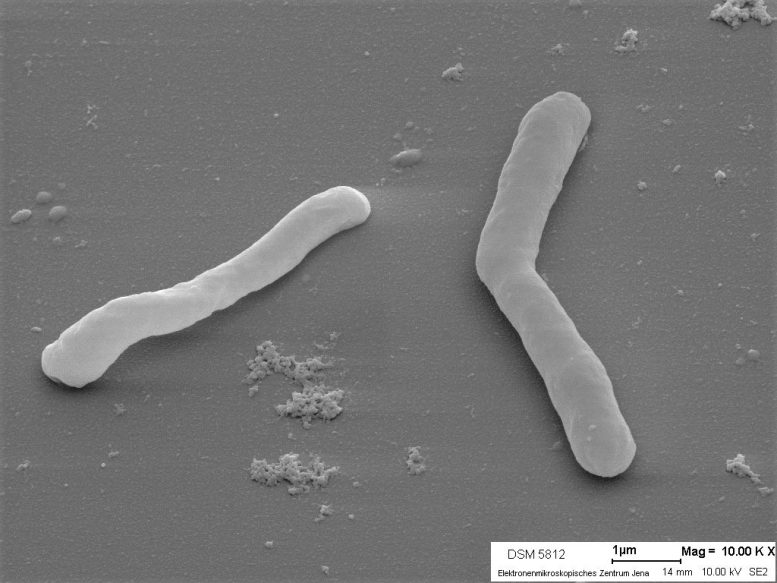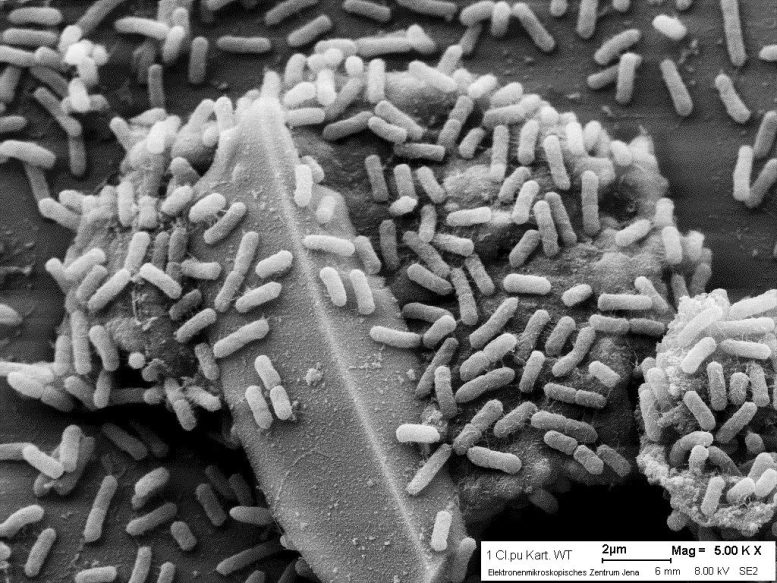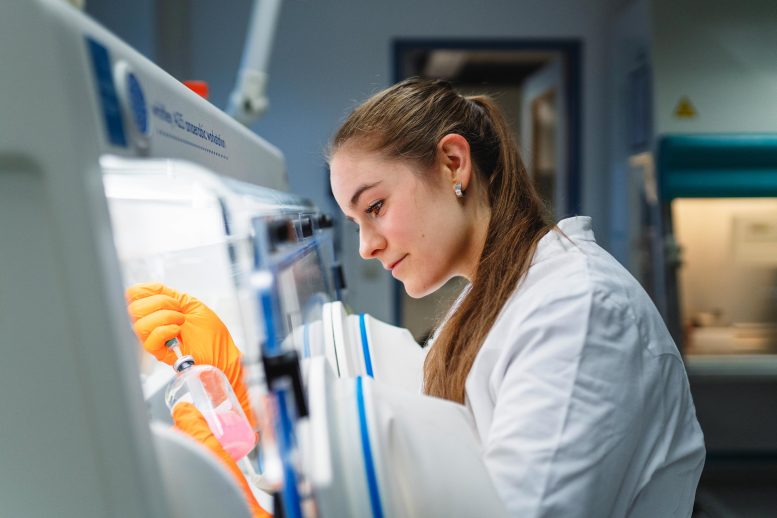
The AnoxyGen project, led by Christian Hertweck and funded by the ERC Advanced Grant, explores the potential of anaerobic bacteria in biotechnology, medicine, and ecology, aiming to discover new bioactive compounds.
The earth was populated with numerous organisms long before photosynthesis brought free oxygen into the world. Since oxygen was toxic to them, they developed completely different metabolic pathways than oxygen-dependent lifeforms such as humans, animals, and plants.
Anaerobic bacteria have survived the ages in special, oxygen-free niches, some of them very close to us: as an essential part of the intestinal microbiome, where they are of enormous importance for the well-being of the organism. However, certain anaerobes can also trigger life-threatening diseases such as tetanus or botulism. These bacteria therefore have a considerable influence on the quality of life on earth and occupy a key position in the environment. Their special metabolism also makes them sought-after tools in biotechnology.

Unleashing Anaerobic Potential Through the AnoxyGen Project
Christian Hertweck’s “AnoxyGen” project aims to unlock the immense, previously untapped biosynthetic potential of anaerobes. Despite their genome-encoded ability to form novel compounds, most of these biosynthetic genes are inactive in the laboratory, so the products have so far remained undiscovered.
Hertweck and his team now want to change this. Using newly developed molecular and synthetic biology tools, the researchers want to decode and harness the unknown metabolic pathways of these bacteria. The project encompasses several areas of work in which a powerful expression system is used to identify and modify new active compounds. This will also enable the team to produce and research the toxins and virulence factors of pathogenic anaerobes without having to cultivate large quantities of the pathogens themselves.

Recognition and Future Prospects of the AnoxyGen Project
“With this project, we want to provide novel methods and tools for the scientific community. We hope that ‘AnoxyGen’ will be of great benefit, particularly for medicine, but also for ecology and biotechnology,” explains Hertweck. “Anaerobic bacteria are still under-researched, but their metabolic processes offer great potential for the discovery of new active compounds. We can also gain new insights into their role as pathogens.”

Hertweck, who has already been awarded the Gottfried Wilhelm Leibniz Prize and the Ernst Jung Prize for Medicine for his great scientific creativity in identifying new active compounds from neglected microorganisms, is also strengthening the Balance of the Microverse Cluster of Excellence, which studies the formation and balance of microbial communities, with this project. Anaerobic bacteria have so far played a subordinate role there, partly because they were difficult to access methodologically. The researcher now wants to close this gap.

The ERC Advanced Grant, one of the most prestigious grants of the European Union, recognizes the excellence and innovation of top researchers. Christian Hertweck’s “AnoxyGen” project was selected due to its great prospects for expanding our understanding of microbial biosynthesis and developing new biotechnological applications. With comfortable financial resources, the researcher and his interdisciplinary team will be tackling this topic over the next five years.